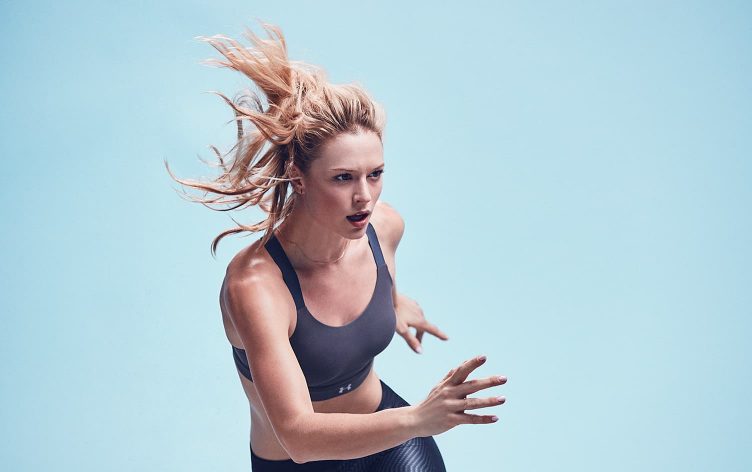
When you’re exercising for weight loss, what you’re really doing is exercising for fat loss. Seems pretty simple, right?
So wouldn’t it be great if you could train your body to burn more fat during your workouts, making yourself into a fat-burning machine? That’s the promise of a whole slew of strategies, from low-carb diets and fasted exercise to making sure that your cardio equipment says you’re in the “fat-burning zone.”
But can you really train your body to torch more fat? Yes, but it’s not that simple.
First, a quick and painless (we promise!) biology lesson: Your body can run on three different fuel sources: carbs, fat and protein. At any single moment, you’re burning calories from a combination of those three macronutrients. However, what percentage of calories comes from each source depends on a ton of different factors, explains Minnesota-based exercise physiologist Mike T. Nelson.
INTENSITY MATTERS
The main one is how hard you exercise. You burn the greatest percentage of calories from carbs when performing high-intensity exercise like heavy weightlifting, HIIT workouts and sprinting. Meanwhile, you burn very minimal calories from fat and protein, he says.
On the flip side, the lower your exercise intensity, the greater the percentage of your calories burned come from fat, explains Nancy Fudacz, a National Academy of Sports Medicine-certified trainer and master performance training coach at the East Bank Club in Chicago.
But you can train your body to burn the majority of its calories from fat during all exercise. How? By making sure your body doesn’t have carbs on board and available to use during exercise. After all, if your body doesn’t have any carbs to burn, it will be forced to burn more fat.
THE STRATEGY
To make sure that your body doesn’t have carbs available, you have a couple of good options: follow an extremely low-carb diet (we don’t necessarily recommend this) or perform a high-intensity workout in the morning that burns a ton of carbs and then, before eating carbs, exercise again, Nelson explains.
Over the long term (anywhere from a month to a year or more, according to studies), following these strategies can cause your body to become “fat adapted,” says Nelson — meaning your body defaults to burning a higher percentage of its calories from carbs than it would otherwise.
THE RISKS
But besides the potentially long timeline, there are other costs. “It’s a brutal and horrible process,” explains Nelson, noting that without available carbs, the central nervous system gets fatigued, energy levels drop and, typically, exercise performance suffers. Additionally, says Fudacz, your mile times get longer, how much you can lift gets lighter and your exercise intensity generally declines, even if you’re pushing yourself to your absolute limit.
The result: You potentially burn fewer calories during your workout, including those from fat, than you would by working out at a higher intensity with the help of carbs. After all, if you manage to burn 90% of your calories from fat, but you only burn 100 calories total during your workout, that’s not so impressive.” If you only burn 20% of your calories from fat, but you burn 600 calories total, you’re burning six times the calories and 33% more fat.
So, yes, you can train your body to burn “more” fat — but “more” is misleading and can actually backfire for those trying to lose weight. A better fat-loss strategy for most gym-goers is to focus on performing high-intensity workouts like heavy weightlifting, body-weight circuits and sprints on the treadmill, elliptical or another fitness apparatus — and by fueling those workouts with the carbs your body craves.
READ MORE
> The 4-Week HIIT Plan for Beginners
> Why Strength Training Is the Workout You Need If You’re Trying to Lose Weight
> 9 Foods to Avoid Before a Workout

